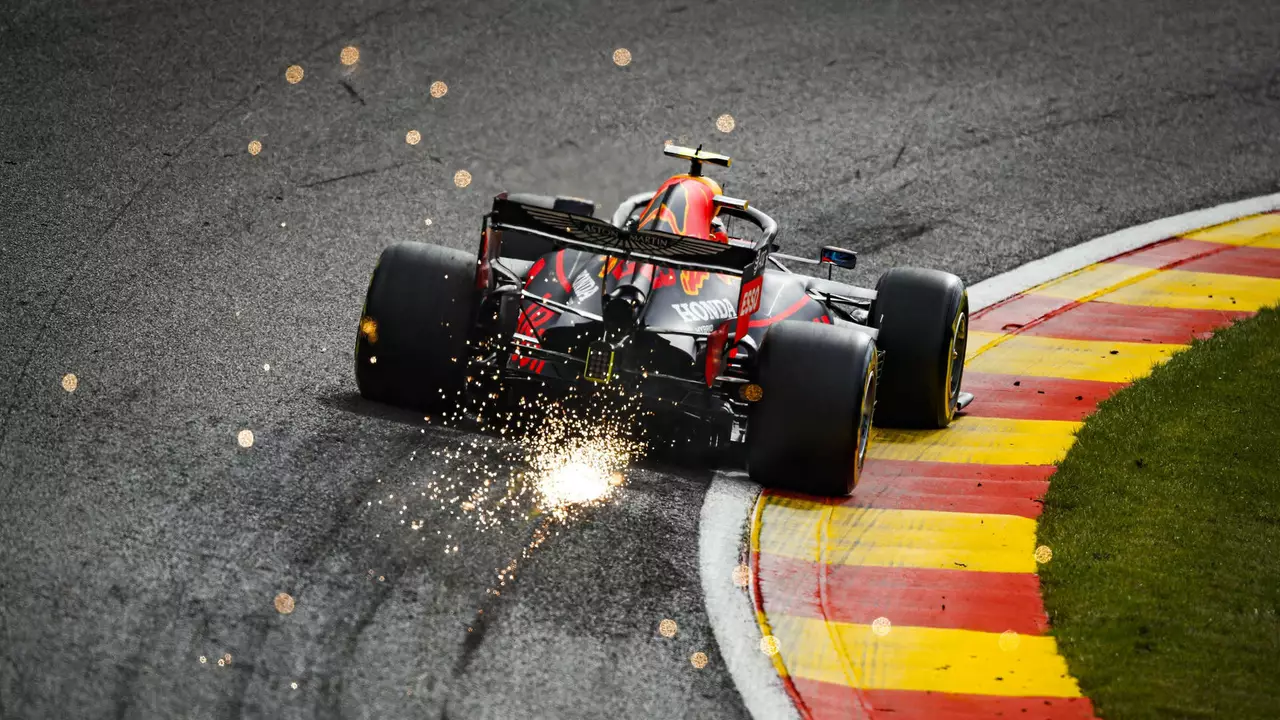Racing Fuel Efficiency: Save Fuel and Keep Speed
If you think saving fuel means slowing down, think again. Modern racers are finding ways to trim gallons while still hitting pole positions. Below are the tweaks you can start using today, whether you’re on a street‑legal track car or a full‑blown race machine.
Key Strategies for Better Fuel Economy
First off, keep the car light. Every extra pound forces the engine to work harder, burning more fuel. Strip out unnecessary interior parts, use carbon‑fiber panels, and choose lightweight wheels. It’s a simple math: less weight equals less energy needed to move.
Second, mind your driving style. Short, aggressive bursts waste more fuel than smooth, consistent laps. Try to keep the throttle steady, shift up early, and let the car coast into corners. You’ll notice a drop in consumption without a noticeable loss in lap time.Third, maintain proper tire pressure. Under‑inflated tires create extra rolling resistance, making the engine gulp more fuel. Check and adjust pressure before each session – a few psi can make a big difference.
Fourth, use the right fuel blend. Higher‑octane fuels can improve combustion efficiency, especially in high‑compression engines. If your car’s specs allow it, switch to a blend that matches the engine’s needs.
Tech that Boosts Efficiency on the Track
Engine mapping is a game‑changer. Modern ECUs let you fine‑tune fuel delivery and ignition timing for each track condition. A leaner map reduces fuel use, while a richer map gives extra power when you need it. Many teams run a “fuel‑save” map during practice and switch to a “performance” map for the race.
Hybrid systems are not just for road cars. Some race categories now allow kinetic recovery units that store energy during braking and reuse it for acceleration. This cuts fuel consumption dramatically and adds a boost of power when you exit a corner.
Aerodynamics also play a hidden role in fuel efficiency. Reducing drag means the engine doesn’t have to fight as hard to keep speed. Simple fixes like a smoother rear wing, under‑tray, or vortex generators can shave seconds off a lap and gallons off the tank.
Finally, monitor real‑time data. Sensors that track fuel flow, throttle position, and engine load give you instant feedback. Adjust your driving on the fly based on the numbers – if you see fuel spikes, back off a little and stay in the sweet spot.
Putting these ideas together creates a balanced approach: lighter car, smoother driving, smart tech, and constant feedback. You’ll see lower fuel consumption, longer stint lengths, and often faster lap times because the car stays in its optimal range longer.
Give one or two of these changes a try before your next race weekend. Track the results, tweak as needed, and watch both your fuel gauge and your positions improve.
How much fuel is consumed in one F1 race?
In a single Formula 1 race, the amount of fuel consumed can be quite surprising. Each car is limited to a fuel load of 110 kilograms, or roughly 144 liters, for the entire race. However, not every race sees the full fuel load used, as strategies often vary depending on the track and race conditions. Therefore, it's fair to say that while the maximum fuel consumption could be around 144 liters per car, it often tends to be less. Regardless, it's clear that fuel efficiency is a critical aspect of F1 racing.
Read More